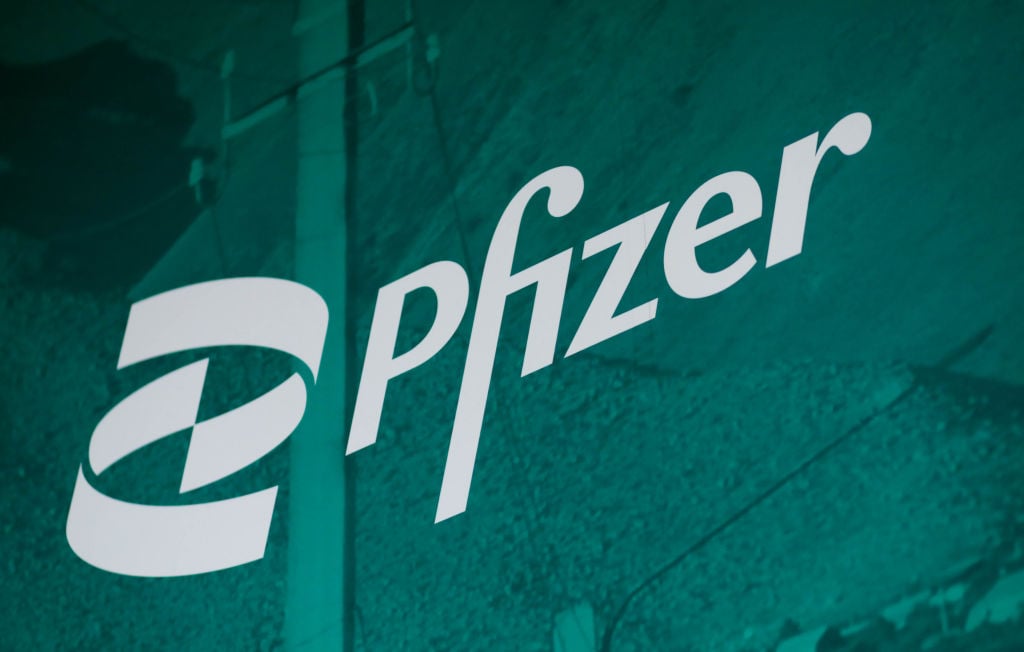The $79 million that Vyndaqel contributed to Pfizer's (PFE +1.71%) third-quarter revenue doesn't mean a whole lot to the pharmaceutical giant. It amounted to a whopping 0.6% of the company's overall revenue.
But you can bet that executives at Alnylam Pharmaceuticals (ALNY 0.84%), Akcea Therapeutics (AKCA +0.00%), Ionis Pharmaceuticals (IONS 0.77%), and Eidos Therapeutics (EIDX +0.00%) were checking sales of the drug after its first full quarter on the market in the U.S.
Vyndaqel has been approved in Europe for a few years, but hadn't gotten much uptake based on lackluster data, which was so weak the Food and Drug Administration held off on approving the drug.
But Pfizer stuck with Vyndaqel, eventually proving that the drug could help patients with cardiomyopathy caused by transthyretin (TTR)-mediated amyloidosis, a disease where the TTR protein aggregates in the heart and interferes with its function. Vyndaqel binds to TTR, stabilizing the protein and reducing the aggregation.

Image source: Getty Images.
Competitors
Alnylam sells Onpattro, an RNAi drug that reduces expression of the TTR protein by reducing levels of the intermediary mRNA. Akcea sells Tegsedi, which was developed by Ionis and also knocks down TTR mRNA levels. Eidos is developing AG10, which works in a similar fashion to Vyndaqel by stabilizing the TTR protein.
Onpattro and Tegsedi are approved for patients with the polyneuropathy form of the disease, in which the TTR protein aggregates in the nervous system, where it causes damage. While those approvals don't overlap with Vyndaqel's heart-focused approval, many patients have TTR amyloidosis in both places, so the drugs compete for a subset of patients. In fact, on Alnylam's first-quarter earnings call, management even noted that some patients in Europe were switching from Vyndaqel to Onpattro.
Edios' AG10 isn't on the market yet, but the company is keenly interested in how sales of Vyndaqel are going since the drug candidate is in a phase 3 study in patients with cardiomyopathy.
Alnylam recently started a phase 3 clinical trial testing Onpattro in patients with the cardiomyopathy version of the disease, and the biotech also has a second-generation version of Onpattro, called vutrisiran, that's being tested in the polyneuropathy and cardiomyopathy versions of the disease.
Likewise, Akcea and Ionis have a second-generation version of Tegsedi called AKCEA-TTR-LRx that they plan to test as a treatment for cardiomyopathy.
Work to do
Pfizer grabbing market share in the cardiomyopathy indication would clear create some challenges for Alnylam, Akcea, Ionis, and Eidos if they can eventually gain approval for their drugs in it too. Unseating entrenched first movers can be difficult.
But the fact that Pfizer is paving the way could also benefit the smaller companies, because TTR-mediated cardiomyopathy (ATTR-CM) is under-diagnosed. "Our early disease awareness efforts have helped drive the diagnosis rates to greater than 4% in the quarter compared with 1% prior to the launch," CEO Albert Bourla said on the third-quarter conference call.
Angela Hwang, president of Pfizer's biopharmaceuticals group laid out how the company is going about helping doctors diagnose the disease: "We have been intensely focused on our educational efforts to help physicians suspect the disease, and this has been helped by the recently published red flag symptoms, which make it easier for physicians to see the possible clinical symptoms of ATTR-CM and helping them to drive suspicion of this disease. From there, we have been educating around the use of scintigraphy as a noninvasive means to diagnose ATTR-CM."
Clearly, Pfizer is putting in a lot of the legwork that will be required to expand the market, and it has a ways to go before it gets the lion's share of affected patients properly diagnosed.
If one or more of the smaller companies can show their drug(s) work better than Vyndaqel, they'll have a shot at taking market share from Pfizer. And, more importantly, the market is likely to be substantially larger thanks to Pfizer's educational efforts.








